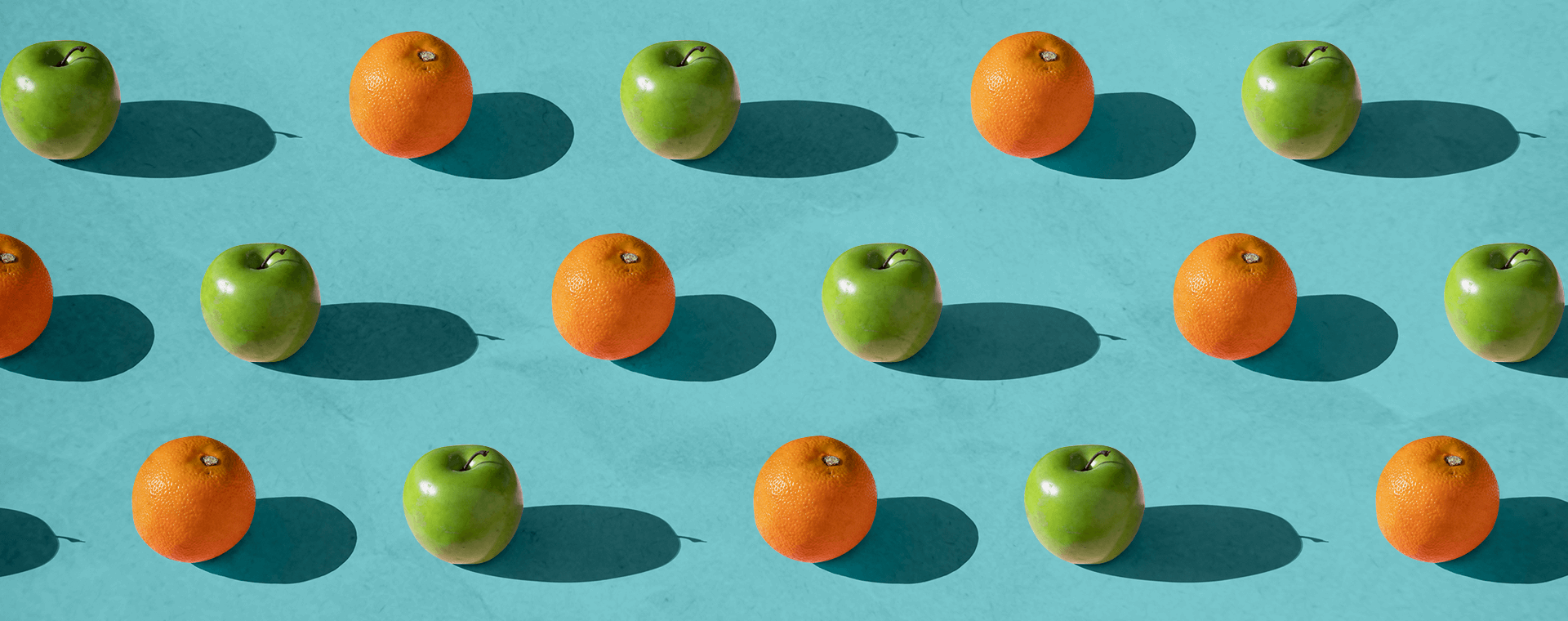I decided to visit Japan for the first time this year and I was struck not just by the umami-packed food fare, but by their pervasive mascot culture.
Mascots were everywhere, popping up in every corner of public life and even in unexpected places (including inside prisons). Many have amassed large followings on Twitter, representing everything from businesses to political movements.
Their widespread presence made me wonder: Are marketers in North America missing out on the true value of mascots?
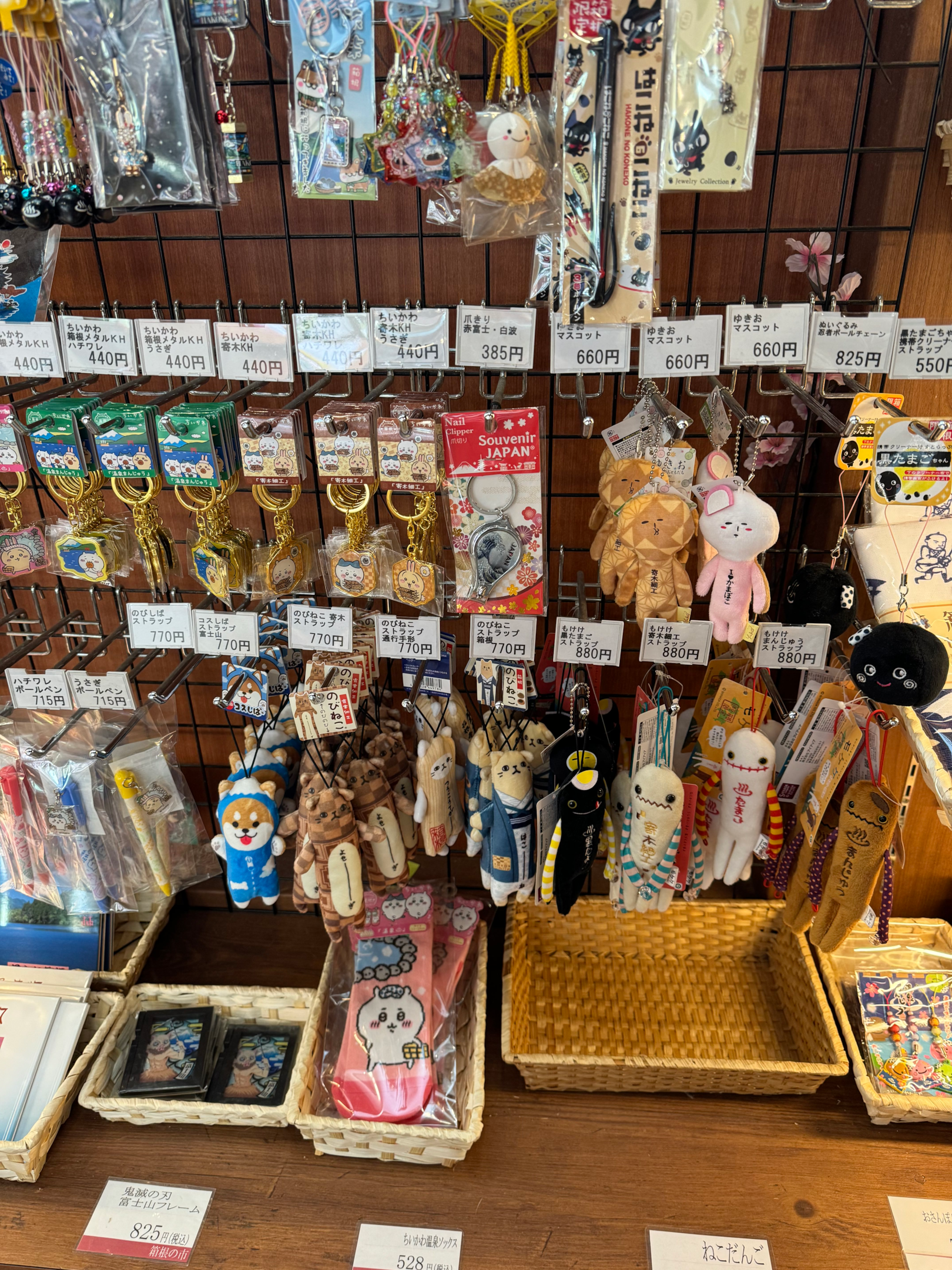
First off, what’s a brand mascot?
A mascot is a personified character created to represent a brand, often taking on the form of a human, animal, or even an inanimate object. These characters do more than entertain at events; they embody and bring a brand’s story to life. A mascot is just one of the many branding elements that a business can have in it’s arsenal from a logomark, wordmark, palette or typeface.
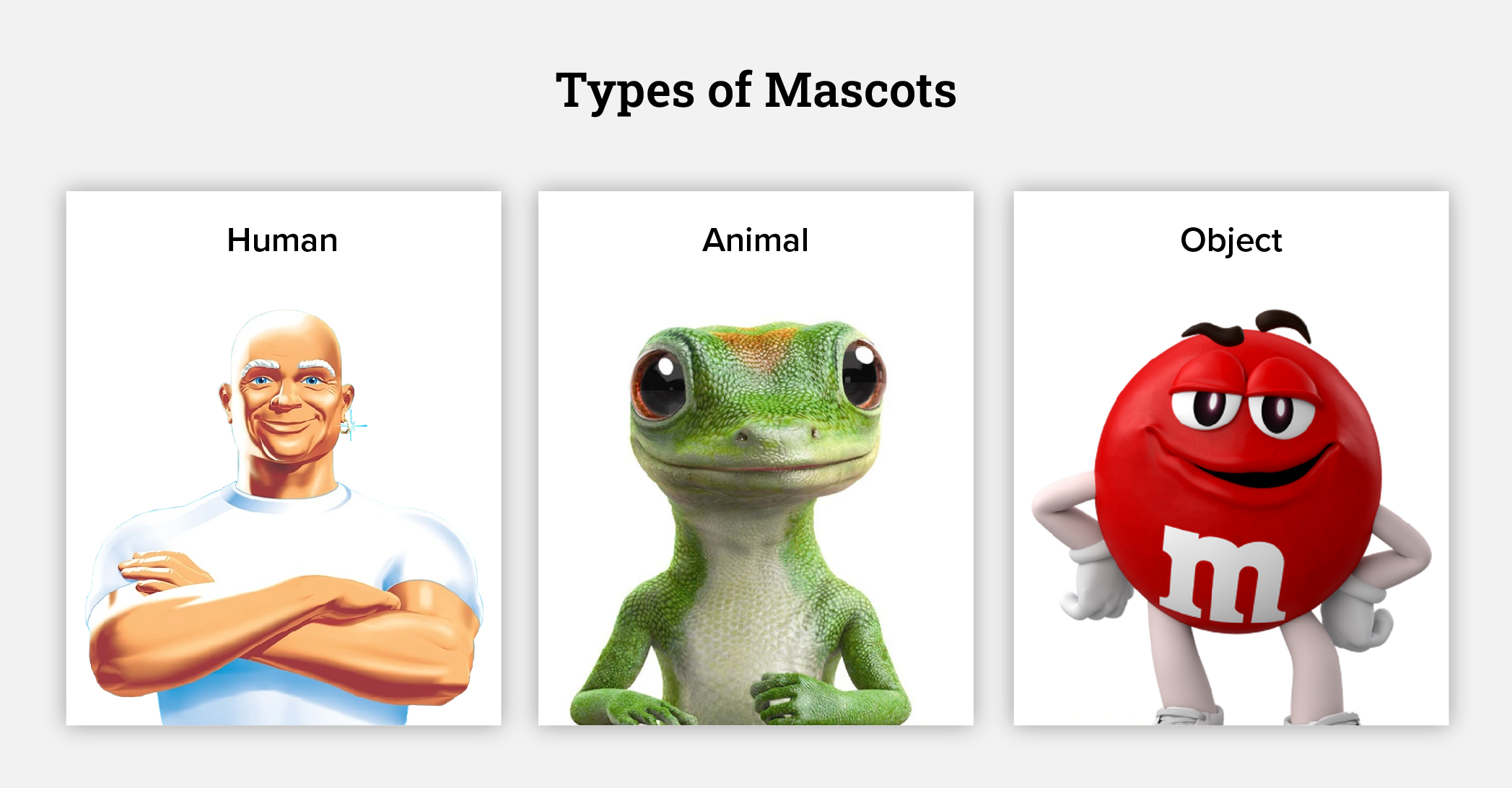
Mascots aren’t just for children, either. For example, Sanrio built its empire selling Hello Kitty merchandise aimed at pre-teens but has since successfully expanded its lineup to attract adults. This includes popular characters like Gudetama, a lazy egg yolk featured in the book “Gudetama: Adulting for the Lazy,” and Aggretsuko, a 25-year-old red panda working in accounting, who stars in her own hit Netflix series.
The psychology behind mascots
The widespread appeal of mascots can be attributed to several factors.
They’re adorable
Cuteness is more than just an aesthetic; it’s a powerful emotional trigger that can evoke feelings of tenderness and protectiveness. This instinct can stimulate our motivation to engage and take action.
But can cuteness sell? The science says it can. Study after study indicates that exposure to cute, anthropomorphic images can increase trust in a brand and boost the likelihood of making a purchase. By tapping into this emotional response, businesses can sway consumer behaviour and forge strong relationships with their audience.
They feel familiar
The mere exposure effect leads us to prefer things we are repeatedly exposed to, which is why, when buying facial tissues, you’re more likely to choose Kleenex instead of a generic brand.
Successful mascots stand the test of time by preserving their core identity while adapting to new trends and technologies. This flexibility keeps them relevant across generations, strengthening consumer loyalty over time. Mascots that grow up with us become cherished icons, not just through familiarity but by evoking nostalgic childhood memories.

They’re memorable
A picture is worth a thousand words. That’s the idea behind the picture superiority effect, which explains why a mascot may be more memorable than just a brand name alone.
The unique characteristics of a mascot, such as its colours and shape, should make it instantly recognizable. This doesn’t mean a design has to be complex to be effective. For example, in 2008, Mickey Mouse recorded a recognition rate of 97% among Americans, showing how a simple design can appeal to people of all ages.
They’re relatable
Our innate ability to empathize lets us understand and resonate with the feelings of others. It’s the reason we can connect with fictional characters.
Mascots often possess human-like traits, such as emotions and personal histories, making them and the brands they represent more relatable. People tend to like and form personal bonds with characters that mirror their own emotions and life experiences, rather than with a brand alone. This is what makes mascots an effective strategy for establishing brand affinity.

Mascots in B2B marketing: yay or nay?
B2B marketing has a reputation for being formal, boring, serious, unemotional… the list goes on. But it doesn’t have to be that way. Mascots can help inject a much-needed dose of fun into the B2B space, and help marketers connect with audiences on a more personal level.
Benefits
When done right, mascots can result in numerous business benefits.
Harness emotions to drive sales
When marketers picture the average B2B decision-maker, most assume their purchase decisions are purely rational. However, this isn’t entirely accurate. Research by Google has revealed that B2B customers rely more on emotional connections than their B2C counterparts.
B2B customers are more inclined to seek an emotional bond to overcome the risk associated with business purchases. By fostering trust and engaging their emotions, B2B brands can increase the likelihood of purchase and effectively drive sales.
Build a stronger brand image and persona
Most B2B companies are missing unique brand assets, which are “non-brand name elements that trigger the brand name for most category buyers”. Think Nike’s slogan, McDonald’s iconic red and yellow arches, and Pizza Nova’s catchy jingle. These assets are crucial for brand building because they’re legally protected and can’t be copied by competitors.
This gap presents a strategic opportunity for the use of mascots to boost brand perception and ensure your brand remains top of mind. For example, despite the decline in popularity of Ask.com as a search engine, its iconic mascot, Jeeves the Butler, continues to be deeply ingrained in the minds of many.

Upgrade your existing marketing efforts
Mascots can significantly enhance your existing content marketing and social media strategies. They can be featured in various formats, from print materials and landing pages to merchandise, ads, and beyond.
On social media, mascots can be used to engage with current events. Take Wendy’s, for example, which updated their profile picture on Twitter to show their iconic mascot with gray hair in solidarity with former CTV news anchor Lisa LaFlamme when she spoke out against ageism.
As consumers indicate that they increasingly value interactions with people and companies they trust, brands are devoting more energy to brand personification. With the rise of AI potentially stripping away the human touch from businesses, there’s a demand for brands that behave more authentically. Mascots have the potential to evolve from static 2D figures to dynamic creators that directly engage with audiences in their unique voices.
Imagine if people could:
Talk to your mascot: Integrating your mascot into chatbots can add warmth to automated interactions. Research shows that a brand’s perception improves based on how chatbots respond to off-topic questions. Infusing your mascot’s personality into chatbot interactions can enhance customer engagement and conversion rates.
Watch your mascot: Mascots can be brought to life with voices and movements, akin to virtual influencers. They can be leveraged in multimedia content to demonstrate products or share educational material, making your brand more engaging and memorable.
Live amongst your mascot: As the world shifts more digital, opportunities arise in spaces like the Metaverse, where brand characters can exist and interact with people in virtual environments. This immersive experience would allow consumers to fully engage with a brand’s personality, elevating brand interaction to a new level.

Differentiate your brand from your competitors
Mascots offer a unique opportunity to extend your brand’s identity beyond just the logo. In the B2B world, where mascots are relatively rare, they can serve as a distinctive asset that sets your brand apart. Take the GEICO gecko, which transformed insurance advertising by injecting humour and personality, distinguishing GEICO from other insurance firms.

In today’s trend towards “de-branding,” where brands are adopting more minimalist designs that often blend together, mascots offer an impactful way to set your brand apart.

Challenges
Designing a mascot is a complex process that requires careful consideration of several factors:
It’s an investment
Creating an effective mascot requires significant time and resources. It’s essential to have the right team in place and be prepared for the investment needed not just in design but also in time for the mascot to gain recognition from your audience.
To make it worth the investment, you need a deep understanding of your brand and how a mascot can embody its values. It’s more than just about drawing a creative character; you have to be willing to do some deep strategic thinking. Ask yourself:
How does your brand personality inform the tone and behaviour of your mascot? The mascot should reflect your brand’s attributes, values, and tone of voice.
What is the story of your mascot, and how does it connect with your audience’s emotional needs or desires? A well-crafted story can make your mascot more relatable and engaging to your target audience.
How will your mascot visually represent your brand? Consider how the mascot’s design can integrate your brand’s existing assets, such as colours, logos, and style, to ensure consistency.
In which channels will your mascot appear? Determine the various platforms (social media, print, TV, events, etc.) where your mascot will be featured and ensure it is adaptable to different formats and contexts.
They don’t apply to every niche
Mascots aren’t universally effective across all industries, especially in more traditional, highly regulated, or controversial sectors. In 2021, the Japanese government was forced to scrap a cartoon mascot promoting its plan to release Fukushima nuclear wastewater into the ocean.
It’s important to consider your audience and brand identity. For example, businesses in the defence industry may find mascots too frivolous for their image. If there’s a disconnect between your mascot and what your audience expects, it could backfire and undermine your marketing efforts. However, in industries that value creativity and innovation, like marketing, mascots are often embraced.
They must be culturally sensitive
As society progresses towards greater inclusivity, brands are under increasing pressure to demonstrate cultural sensitivity. Beyond being the right thing to do, embracing diversity is also good for business. A prime example is Pepsi’s recognition of the racist origins of the Aunt Jemima brand, leading to their decision to retire and replace the 130-year-old mascot.
Mascots should be designed to resonate with diverse audience segments without perpetuating stereotypes or dehumanizing the individuals they aim to reach. This consideration is particularly important for global brands, which must navigate a variety of cultural contexts.

It’s a commitment
For newer brands, rushing into creating a mascot might be premature. While developing a brand mascot can theoretically help hone the brand voice, it’s also a significant commitment. If you create a mascot too early, there’s a risk it might not align with the brand’s eventual identity.
There’s no magic formula for creating a successful mascot. They must be eye-catching and unique, but without stepping over the line into controversy or rubbing your audience the wrong way. Designing a mascot requires time, financial resources, and artistic creativity. If a brand isn’t prepared to launch a mascot, it’s okay to take a step back before fully committing to the process.
Examples of B2B brand mascots
Salesforce
Salesforce stands out in the B2B space by using a family of mascots, ensuring there’s a character that resonates with every segment of its audience. Astro Nomical is a familiar face on the platform, serving as a friendly guide through Salesforce’s offerings. This non-binary character reflects Salesforce’s commitment to diversity and inclusion.
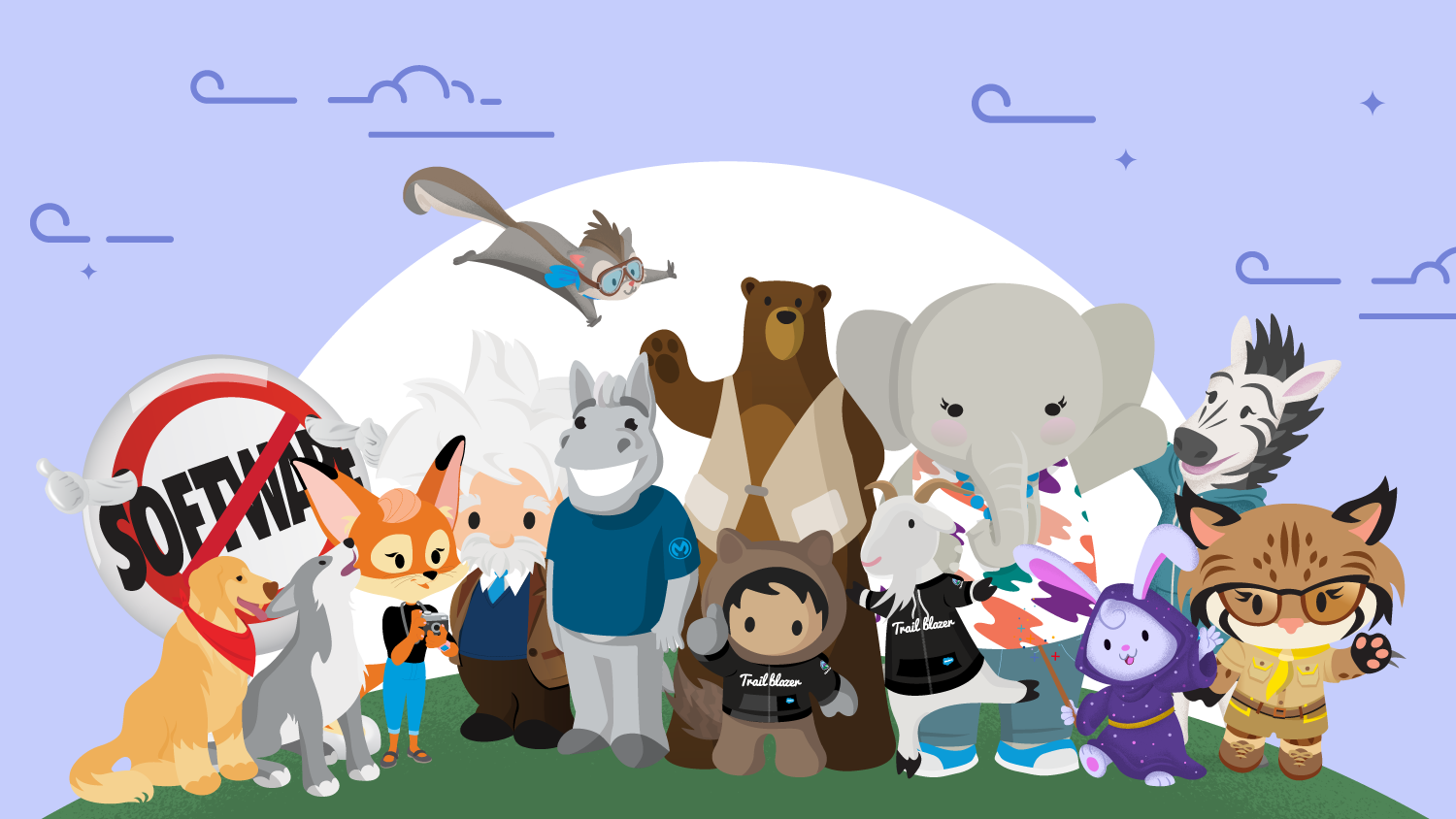
Snyk Cybersecurity
Patch, the Dobermann mascot of Snyk, perfectly embodies the company’s focus on defence and security. By integrating Patch into the company logo and featuring him prominently in social media and events, Snyk cleverly uses its mascot to reinforce its brand identity. The “Fetch the Flag” cybersecurity competition is an example of how Patch symbolizes the challenges and triumphs in cybersecurity. Patch has also appeared in limited-edition NFTs in 2021, which is a testament to his popularity and the innovative ways Snyk engages with its community.
Mailchimp
Freddie, the playful chimp mascot, captures Mailchimp’s fun and relaxed spirit. Freddie brings a humorous and personal touch to the brand’s communications, making email marketing seem less daunting for their customers.

Hootsuite
Hootsuite uses its mascot, Owly, to depict the brand as a wise and approachable entity. Symbolizing help and support, Owly enhances the customer service experience, particularly in support channels like chatbots, where Owly is present to make interactions with the brand more friendly.
Asana
Asana also incorporates a family of mascots called “celebration creatures” into their interface, which spontaneously pop up to celebrate achievements, like completing a task. The mascots inject a dose of dopamine into the user experience, making project management less monotonous.

Moz
Moz introduced Roger, a friendly and endearing robot mascot, to set itself apart from competitors who often opt for real-life spokespersons. Roger embodies Moz’s dedication to innovation and user-friendly SEO tools, offering a warm welcome to users joining the Moz community.

Slack
Slackbot goes beyond being a mere mascot; it plays a crucial role in enhancing the user experience on Slack. By offering helpful tips and guiding users through the platform, Slackbot embodies Slack’s commitment to being user-friendly and accessible. Its customizability and ability to engage with users directly on the platform further cement Slack’s image as an innovative and approachable brand.

Kowa Pharmaceuticals
Kowa Pharmaceuticals employs medicinal mascots, like Kero-chan, to humanize its brand and educate the public on its products in an approachable way. Since debuting on antihistamine packaging in 1949, Kero-chan has become a popular figure in pharmacies and at various events.
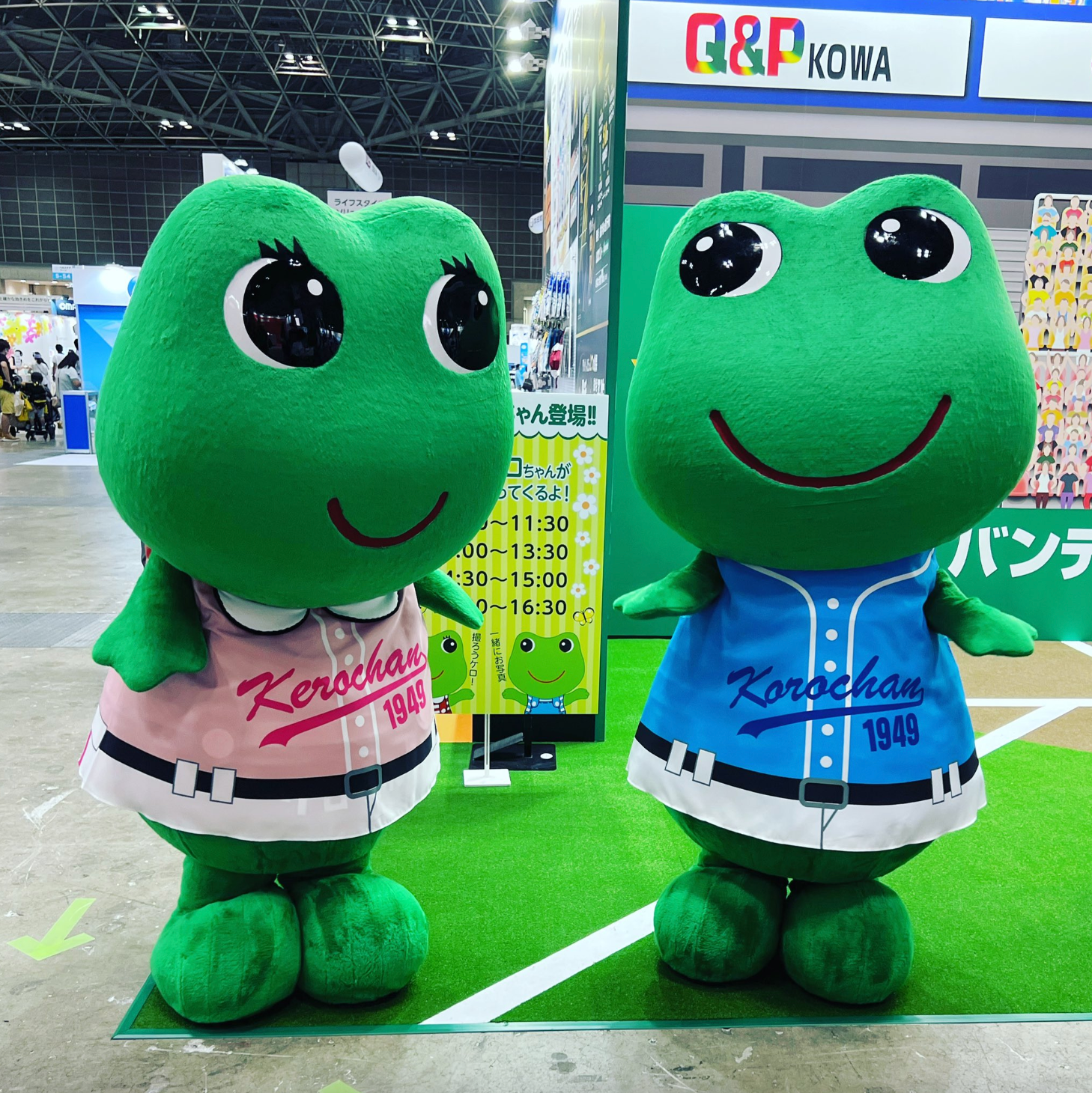
Are you ready to stand out?
Mascots aren’t a one-size-fits-all solution, but they’re worth exploring if you want to add a human touch to your brand and make it stand out. Just remember, a mascot should be more than just a cute or fun character; it should align with your brand’s identity and values.

